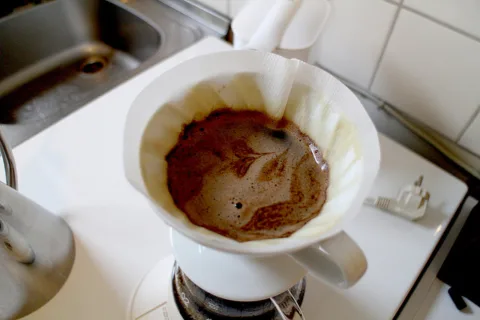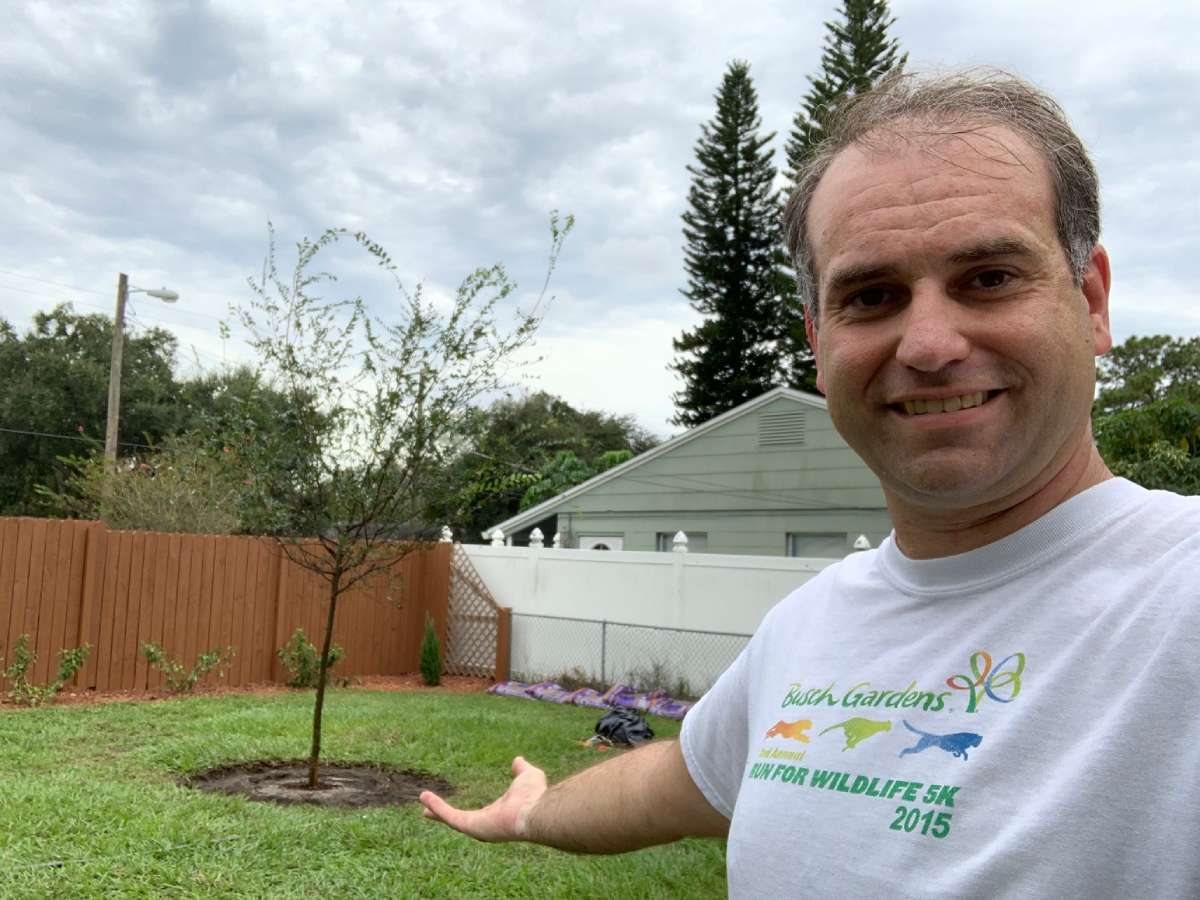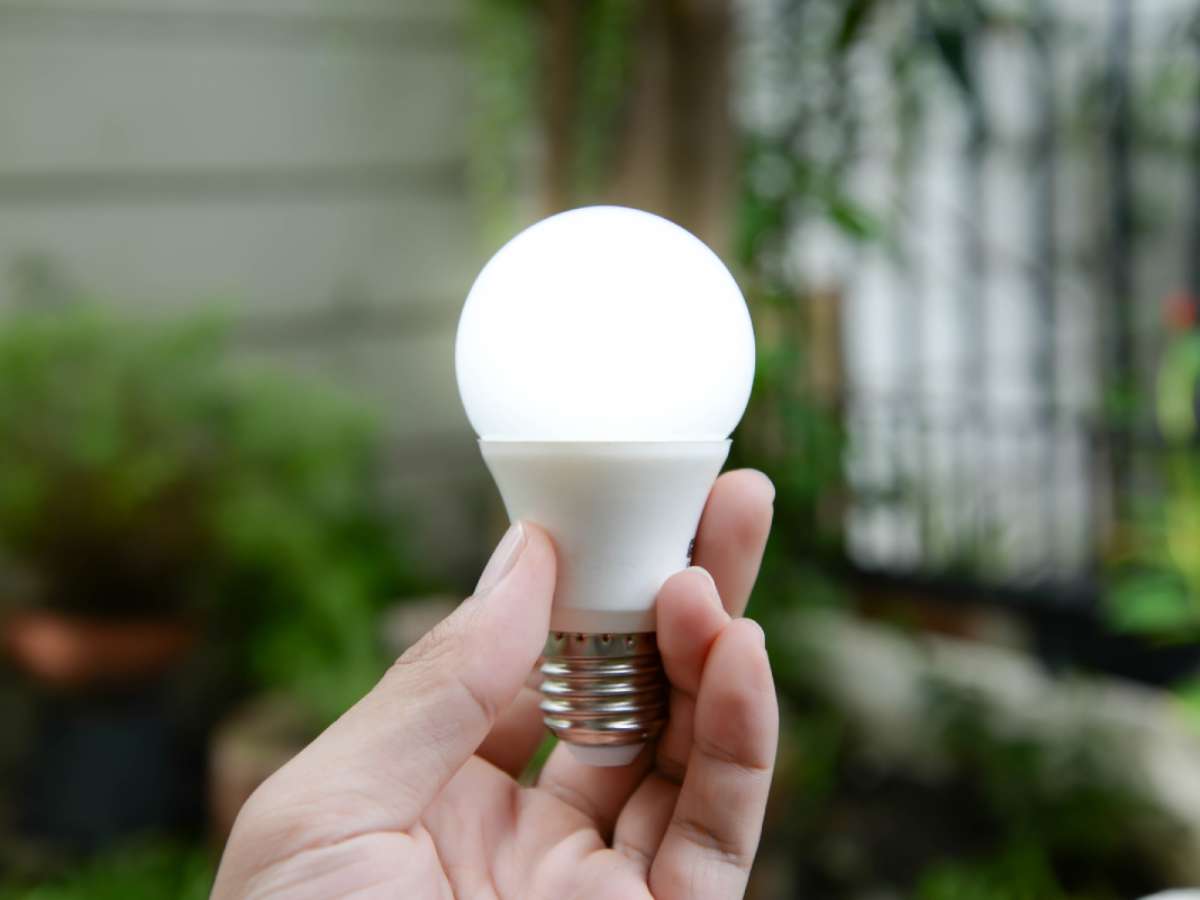Guess what? Green coffee is a “thing.”
No, I’m not talking about unroasted green coffee beans, which pack several health benefits.
When I talk about drinking green coffee, I’m referring to the environmentally friendly things we can do — from the coffee cups we choose to the coffee filters we buy for our daily cup of Joe.
There are many ways, both obvious and perhaps less-so obvious, that you can minimize your environmental impact when drinking your daily (or, in my case, hourly) cup of coffee.
Here are 4 great tips I use to ensure that with each cup of coffee I drink, I’m staying as eco friendly as possible:
#1 – Recycle K-Cups
I have to say, I’ve only used K-cups a few times.
For one, using these single-serve coffee cup products is a far more expensive way to drink a cup of coffee than simply pouring a few tablespoons of coffee grounds into a coffee machine.
I also can’t think of a more wasteful way to make a cup of coffee than to use a K-cup.
Did You Know?… It’s estimated that 9.6 billion single-serve cups of coffee are served each year, producing 2.8 billion cubic feet of waste on an annual basis.
According to a survey from the National Coffee Association, 16 million American households now use a single-serve coffee maker, with 13 million households choosing Keurig as their K-cup machine maker of choice.
Bear in mind, K-cups don’t decompose very well. It could take hundreds of years for a typical K-cup to decompose. So, that’s a lot of waste.
However, when it comes to convenience and making that “perfect” (or nearly so) cup of coffee at home, there’s probably no better way to go than using K-cups.
Is there a method for enjoying your K-cup coffee without depleting the environment with all those little cups?
Yes! One product, called Recycle-A-Cup conveniently cuts up K-cups for easy recycling. And here are 33 brilliant ways to reuse K-cups.
#2 – Use Paper Cups Instead Of Styrofoam Cups
This is something I learned during my days as an office worker. The company I worked for stocked its break room kitchen pretty well. Not only did they have one of those metal, restaurant-grade Bunn coffee makers, but they also offered lots of disposable coffee cups — both paper cups and polystyrene cups.
I used to use the foam cups because I figured they were more durable and I could reuse them more easily throughout the day than paper cups, which tend to become too moist from the coffee within after a single use for me to reuse later in the day.
However, I soon determined that, environmentally, it was probably better to use 2 or 3 paper cups (which are more biodegradable and more easily recycled) than even 1 foam cup (which can sit in a landfill for thousands of years).
Heads up! Paper cups aren’t perfect either. Paper cups can actually produce more solid waste by weight than polystyrene cups. Some paper cups also contain a wax layer that resists breaking down. Besides, trees have to be cut down to produce paper cups. But, from the waste standpoint, the lesser of 2 evils in a paper cup versus foam cup matchup is still paper.
If you prefer to use foam cups with hot coffee, then why not double-layer the paper cups to insulate your fingers and hands from the heat while holding your hot cup o’ Joe? Ultimately, using 2 paper cups is still more environmentally friendly than using 1 styrofoam cup.
Of course, the best way to reduce cup waste when drinking coffee is to use your own, personal coffee mug — which you can wash and reuse for years and years.
#3 – Buy Reusable Coffee Filters
I grew up watching my parents and grandparents buy paper coffee filters at the grocery store, which back in the day were like $1 for 200.
For only $7 to $10, you can buy a washable mesh and plastic frame permanent coffee filter that’s reusable for hundreds of times.
Some people go for the gold coffee filters, which are said to produce a better-tasting cup of coffee. I can’t personally vouch for this, but it may be worth looking into.
Reusable coffee filters, most of which are shaped like a basket, are very easy to use and simple to clean, too.
I love reusable coffee filters so much that I haven’t bought a paper coffee filter in probably 2 or 3 years now.
Not only are permanent coffee filters reusable (and therefore environmentally friendly), but I also find fewer coffee grounds in my poured cups of coffee. That’s probably because my reusable coffee filter is made from rigid plastic, so the grounds stay contained within the basket instead of trickling out of an inward-collapsing paper filter.
#4 – Buy Coffee From Organic Farms
If you think about it, not only how you make or drink your coffee, but also where your coffee comes from, plays a huge role in mitigating your impact on the environment.
If you buy coffee from organic farms, you’re contributing to cleaner, greener methods of growing coffee beans. Sustainable coffee farming is a really good thing, because some growers use synthetic pesticides and herbicides.
Unfortunately, many coffee farms spring up on land that was slashed and burned without regard for the surrounding environment.
Sadly, it’s not economically feasible for all coffee growers to plant their coffee beans in a more natural way within dense tropical forests. But some smaller coffee farms are integrated among the surrounding forests to reduce the need for slashing and burning virgin woodland.
Many of the ecologically responsible coffee growers are planting trees and other plants around cleared cropland to mitigate the impact the farming operations have on the environment. This is called shade-grown coffee farming.
Organic coffee farmers use natural techniques for growing and maintaining their coffee crops, helping to keep chemicals out of the environment and, in the meantime, making your coffee healthier and safer to drink, too.
Organic coffee is becoming very popular these days, and some coffee houses are dedicated to serving only organic coffees.







